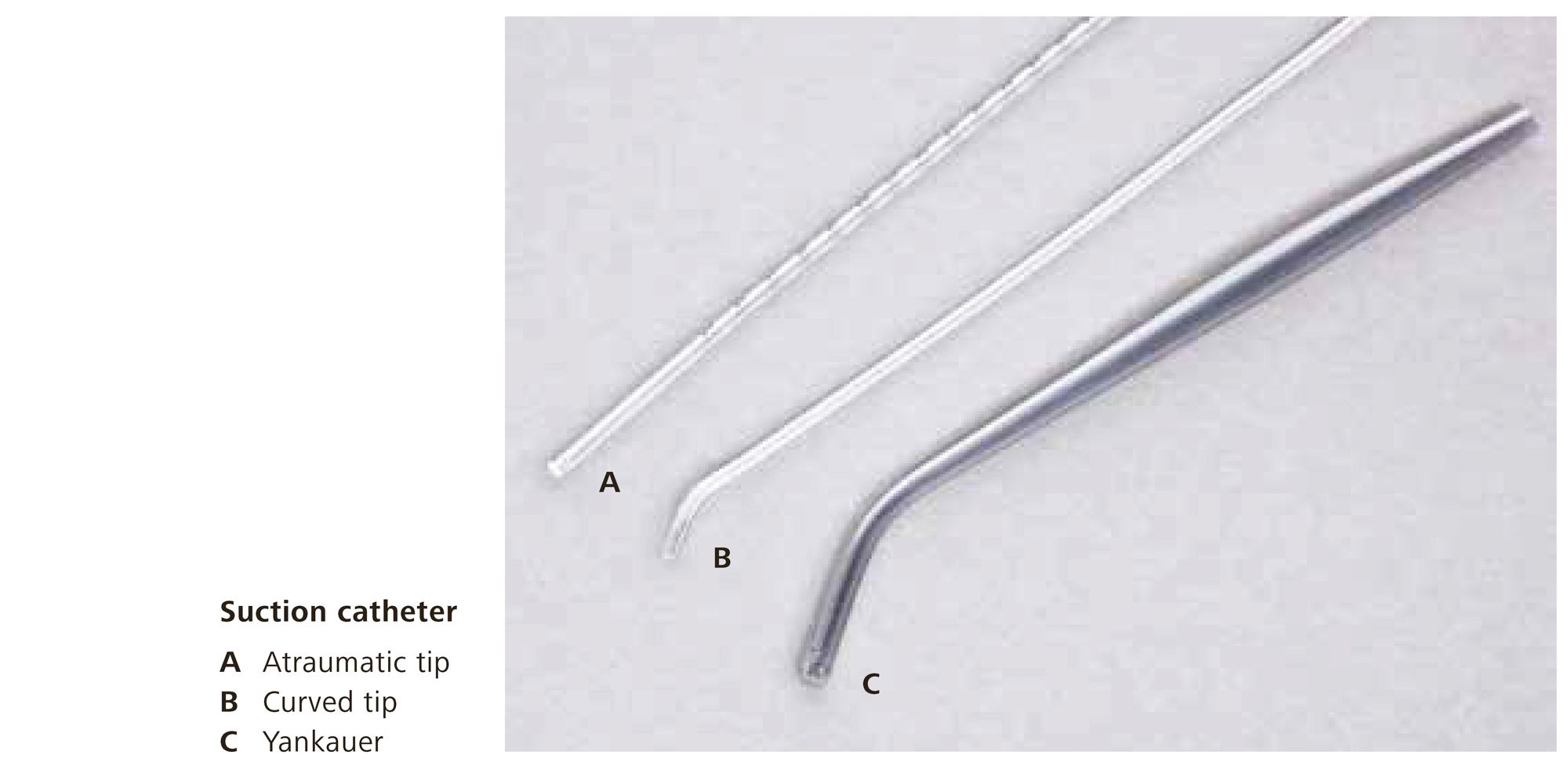
- 2 minutes to read
- 28 January 2021
In some cases, support is needed for cleaning the nasopharyngeal space and keeping it free from secretion. For this purpose, suctioning is performed through the nose and, if necessary, the mouth. This is particularly necessary if the nose cannot be blown properly by the patient or if the mouth cannot be rinsed.
Suctioning is also performed through the tracheostomy (trach) tubes at least 2-3 times per day to check that the tubes are secretion-free and more frequently, in the case of secretion which cannot be coughed up. Suctioning is necessary:
- If the coughing is insufficient to mobilise secretion from the lungs;
- To ensure that the trach tube is clear;
- When deflating the cuff to remove any secretions which have accumulated above the cuff;
- In the case of suspected aspiration1 through swallowing / vomiting;
- If you can hear that there is a secretion.
Suctioning is an unpleasant procedure. Staff who carry out this intervention must be well trained so that no lack of oxygen (if suctioning is too long), mucosa injuries and bleeding (if suctioning is too strong) or germ migration (due to lack of hygiene) can occur. They also need to be familiar with the symptoms of vagus stimulation (slowing down of the heart rate or even life-threatening heart rhythm disturbances), which can occur with suctioning.
Depending on the location of the suctioning, different materials are needed. Other than the suction device itself, these include:
- For nose suctioning
- a bent catheter (CH 10 or CH 12),
- lubricant or anesthetic gel,
- nasal ointment (if necessary);
- For mouth suctioning
- Yankauer (a specific suction catheter),
- bent or atraumatic2 catheter;
- For trach tube / trachea suctioning
- atraumatic CH 12 or CH 14 catheter (ProFlo),
- pulse oximeter (device for measuring the heart rate and oxygen saturation), if necessary,
- sterile gloves, face mask, and safety goggles (if necessary).

Procedures
Suctioning in the nose
- Apply gel to the inside of the nose; allow 1-2 minutes to absorb if using anesthetic gel (Xylocaine gel).
- Apply gel to the catheter.
- Insert the catheter into the nose without suction.
- Suction with 200 mbar of suction pressure.
Suctioning in the trach tube / trachea
- Insert the catheter during suction (suction pressure: 400 mbar).
- Possibly liquefy the secretion.
Replacing the catheter
- A suction catheter may only be used up to three times for the same suction procedure. The same catheter must never be used for both trachea and nose / mouth suctioning.
- Tubes, Yankauers and Fingertips are replaced weekly or when visibly dirty.
- Water bottles (for rinsing the suction tube after the suctioning) are also replaced once per week or earlier if dirty. The water needs to be changed daily.
- An adaptation of hygiene measures within the domestic environment may be evaluated individually. In clinics or institutions, however, all work should always be done aseptically (use of sterile materials, protective gloves, etc.).
1 Ingress of material into the airways
2 With a special end to avoid injuries

Be the first to comment!